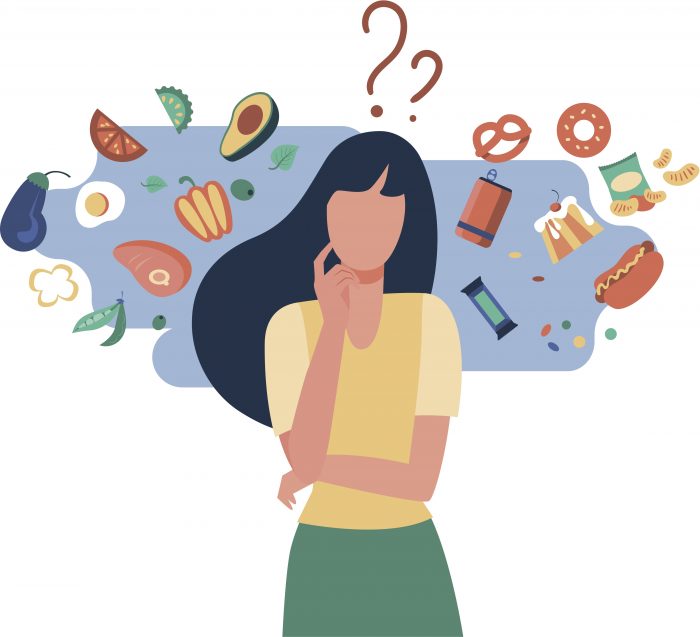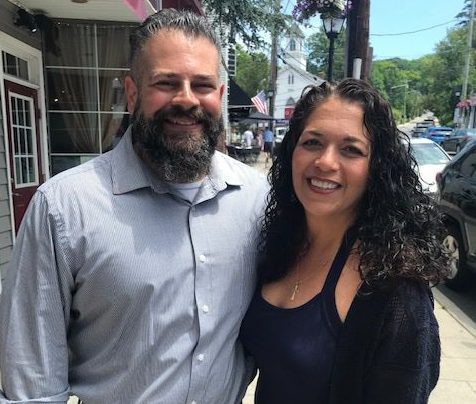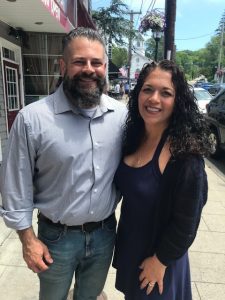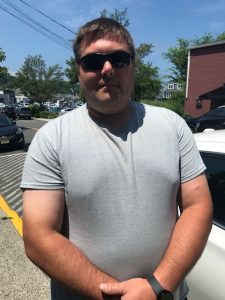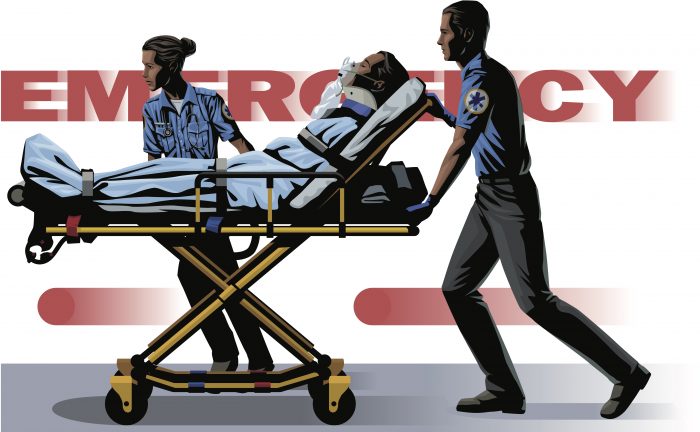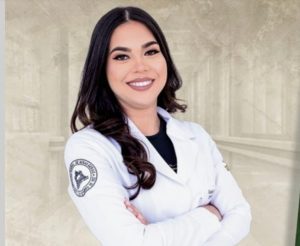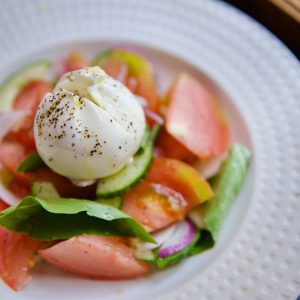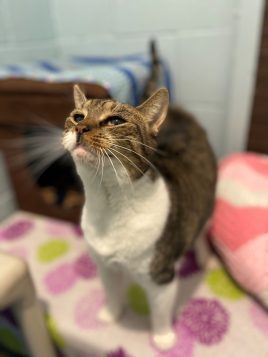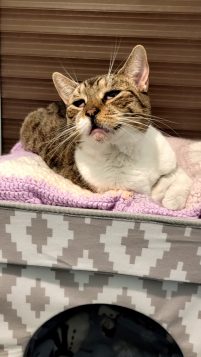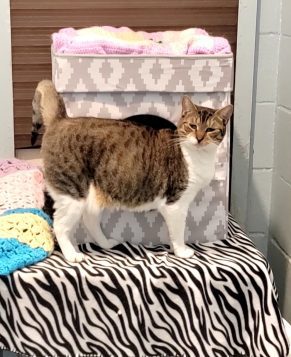By Leah S. Dunaief

My oldest grandson is now engaged to be married. At twenty-eight, his timing is altogether appropriate, but it is a wonder to me. The idea of having a grandchild tying the knot, when I am only 35. All right, 45. Um, 55? Oh, never mind. You get the point.
Further, I am intrigued by how the couple is going about the process, especially in contrast with how my husband and I wed. I’ll explain.
Not long after the initial phone call from my grandson telling me the exciting news of their engagement, I was told that the wedding was planned for two years hence. That was, of course, fine, but I couldn’t help but marvel compared to what my husband and I did.
We informed my astonished parents that we wished to marry in six weeks. My husband-to-be was moving to a new apartment at that time, and we thought it would be romantic to start our lives together then. In those days, couples decidedly did not live together until after they married.
My grandson did the traditional thing, getting down on one knee. The scene, though, was anything but traditional. He managed to position himself onto the floor of the Tomorrowland People Mover car as they went through a tunnel at Disney World, one of their favorite rides, and popped the question. Her parents were in the car behind them, and as she witnessed what was happening, her mother enthusiastically screamed with delight.
My husband told me he loved me and asked me over the phone to marry him. I never did get an engagement ring. It should be explained that he was at school in Chicago at the time, and I was in Boston.
We had a wedding in New York City, where I grew up, with all the trimmings, including bridesmaids, groomsmen, a full ceremony, music, hors d’oeuvres, dinner, dancing and 175 guests. I wasn’t even there for the planning. I was working in Boston right up to the weekend before the event. My mother managed it all. And after the wedding, she practically collapsed for a month.
I did come back for a wedding dress fitting. It was all done efficiently. My mom and I went to the Lower East Side of Manhattan, where there were multiple shops that took care of such needs, and climbed the brownstone stairs to the one recommended, I don’t remember which one. I picked out the material, style and trimmings I wanted, measurements were taken, and presto! The day before the wedding, it was ready, fit perfectly, and I wore it, long train and all, the next day.
My granddaughter-to-be, on the other hand, had the great pleasure of trying on many and ultimately picking out her dress with the company and input from her mother and the groom’s mother. Photos were sent, via cell phones, to others tuned in. It must have been a leisurely outing that provided a joyful lifetime memory for all.
There is to be a bridal shower brunch to honor the bride-to-be back in the place she grew up, with her many friends and loved ones in attendance. That, of course, wasn’t an option for us, given our tight schedule. I don’t think it even occurred to me, more is the pity, because such events are part and parcel of the delicious anticipation for my grandchildren.
Her friends put out a request for favorite recipes to be sent, with the plan of providing the couple a Friends and Loved Ones cookbook. What a clever idea. I only knew how to cook breaded veal cutlet, mashed potatoes and canned peas, which I practiced on my roommate each night for three weeks before the wedding. And we weren’t registered anywhere for gifts. We just opened the envelopes and counted the money immediately following the wedding that night on our flight to Chicago.
There will undoubtedly be a bachelor party. In fact, my grandson just returned from one for a dear friend that involved a three-day cruise to Mexico. Yes, Virginia, times have changed. And why not?


